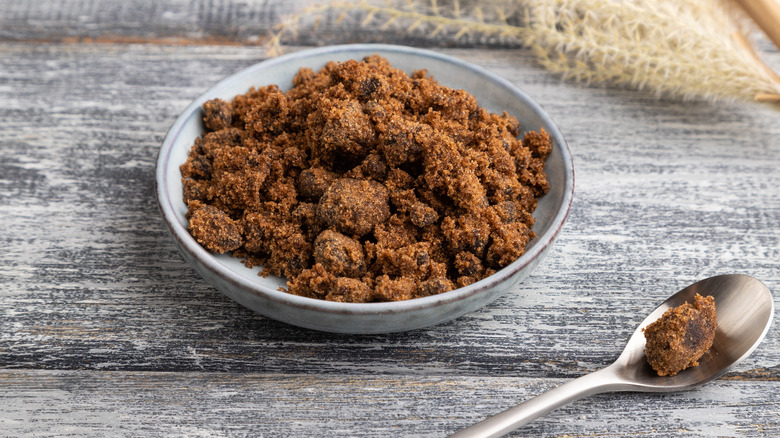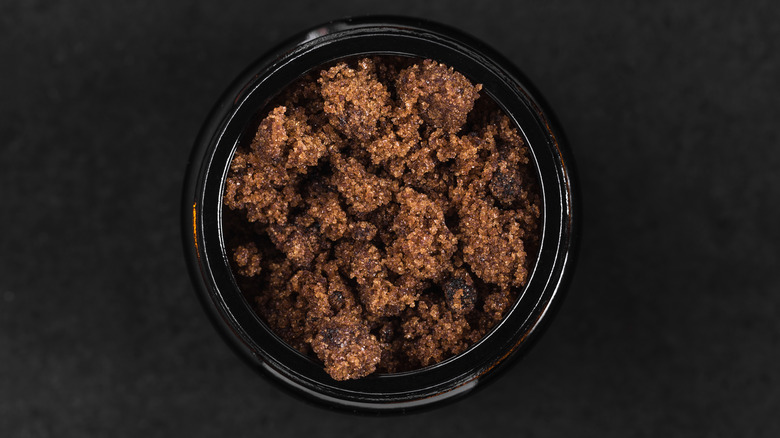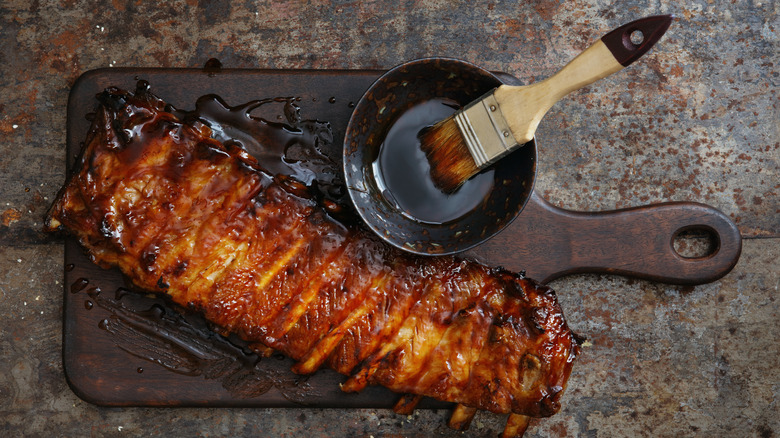Muscovado Sugar Is A Total Flavor Step-Up From Standard Brown Sugar
The world of sugar extends far beyond the conventional white and brown packets that fill our grocery store aisles. The differences between light and dark brown sugar are somewhat arbitrary when you discover how a gem like muscovado could offer more than just the prevalent sweet taste. Sure, it may look like a much darker and moister version of brown sugar, but layers of earthy flavor give this sugar a completely unique form.
Also known as Barbados sugar, muscovado was first produced in the 1800s in the West Indies. However, production has grown worldwide, from Uganda to Jamaica, the Philippines, to even the United States. With such a growth in popularity, you must ask why? The richer taste amplifies everyday baked goods, barbecue glazes, and salad dressings. Sugar is no longer only concerned with sweetness but also with smoky, natural notes that lean into toffee and caramel. You'll soon realize how many more flavor profiles it can bring to your culinary world.
A twist on a classic taste
In the most basic sense, muscovado is less refined than brown sugar, so it has a deeper, more complex flavor profile. It contains more molasses than brown sugar, so it has a punchier feel than just a little sweetness. In fact, muscovado is more reminiscent of caramel and toffee with a hint of smokiness. While brown sugar embodies some of these flavors, they are not as raw and vibrant as they are in muscovado. That's precisely why it's one type of underrated sugar you should use more often.
The reason the consistency differs between brown sugar and muscovado is due to the way it's processed. Brown sugar is processed white sugar with molasses added, while muscovado is unprocessed raw sugar — so the original molasses in the sugar is kept. Brown sugars contain ⅙ molasses, while muscovado tends to contain ⅓ molasses — which is apparent in muscovado's more wet and sticky consistency. This also illustrates why it has a much earthier taste and texture.
Better baking and BBQ with muscovado
While muscovado adds another dimension of flavor compared to your standard brown sugar, is it better used in some dishes than others? The answer is yes. The first place to try using muscovado is in a barbecue glaze. Instead of using refined sugar to sweeten, consider replacing it with muscovado to bring a rich caramel sweetness to your meats. This flavor, of course, is perfect for baked goods too. While brown sugar can get you seriously moist and chewy cookies, imagine using muscovado instead. Even your coffee could benefit from a teaspoon of muscovado over regular brown sugar.
The exquisite taste of muscovado doesn't come without a price, and you should be wary of its higher moisture content, particularly when baking. When baking demands strict measurements, consider how the wetter molasses in the sugar may affect the other ingredients. Aside from this, there's no excuse not to experiment with muscovado. It will give you a fresh outlook on sugar, revealing its potential to reach far beyond the traditional tastes of the white and brown varieties.


